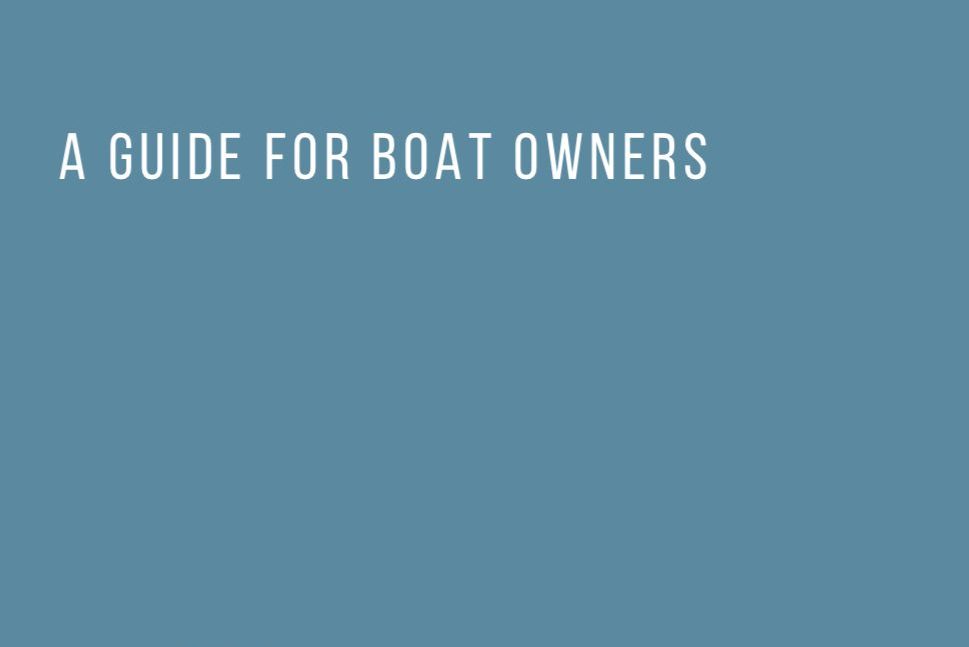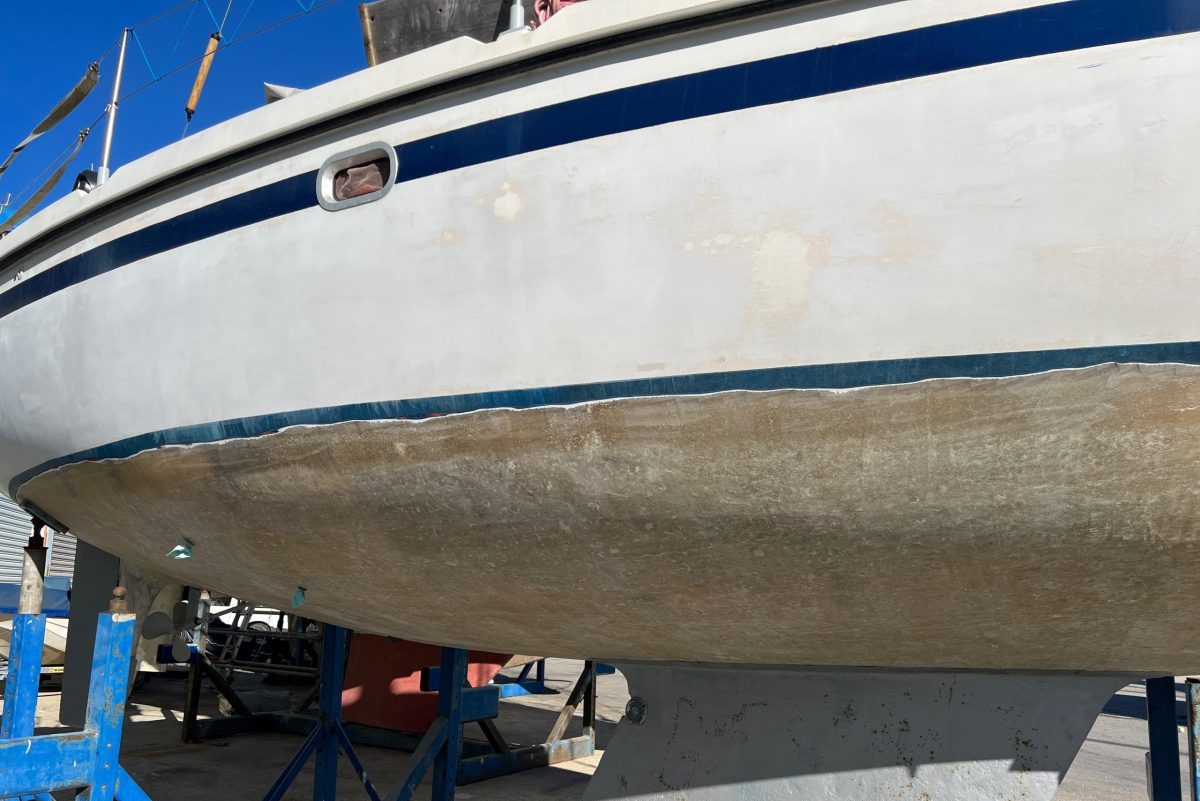Expectations vs Reality
During my work as a surveyor, when I step onboard a boat I often get that first feeling of “Oh, nice!”. And a few moments later, when I ask myself “and what about the…”, the answer often changes the perspective: so many times structural damage or other big issues become apparent after a second look.
It’s a common feeling shared many times with my clients too. They found a boat of interest, they travelled and made a first visit to check if she moves them, if she connects with what they are looking for. They may not find any issues – though there might be – and they go forward with a pre-sale agreement and downpayment. And when they eventually call in a surveyor to proceed with a pre-purchase survey, they discover the big surprise – after all that time, money and energy spent.
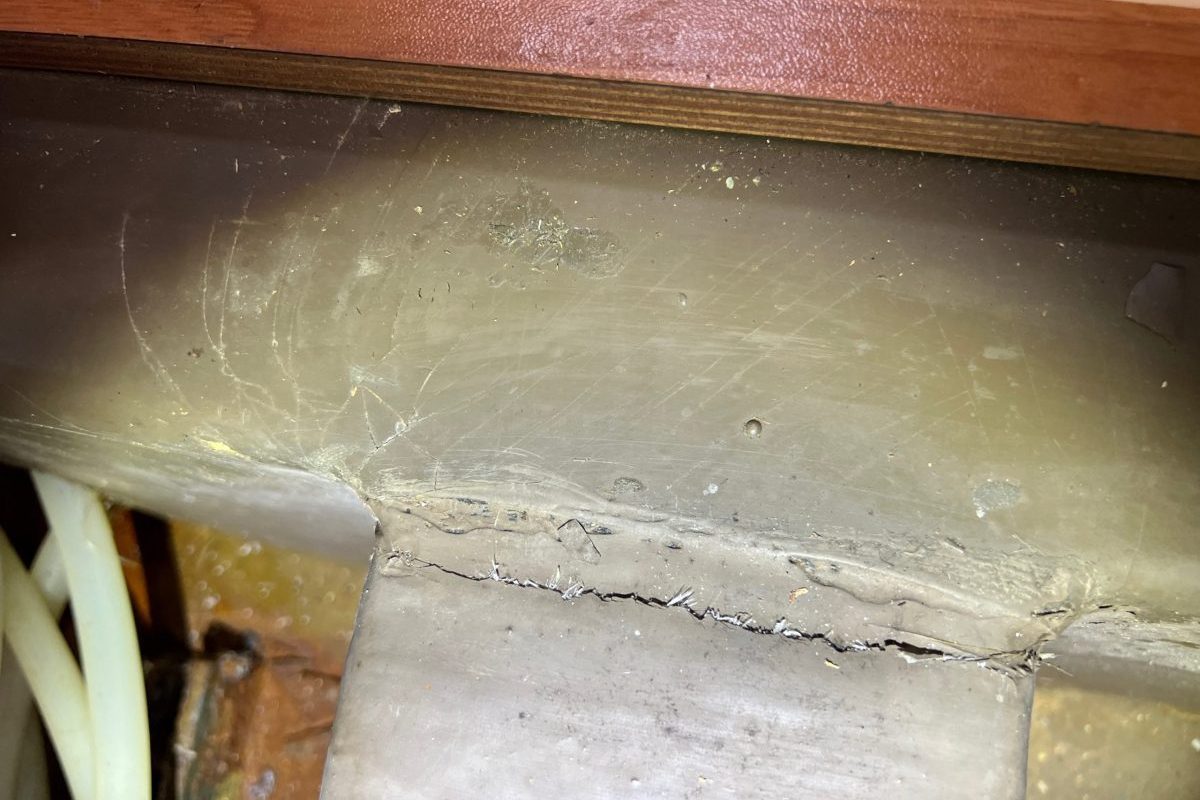
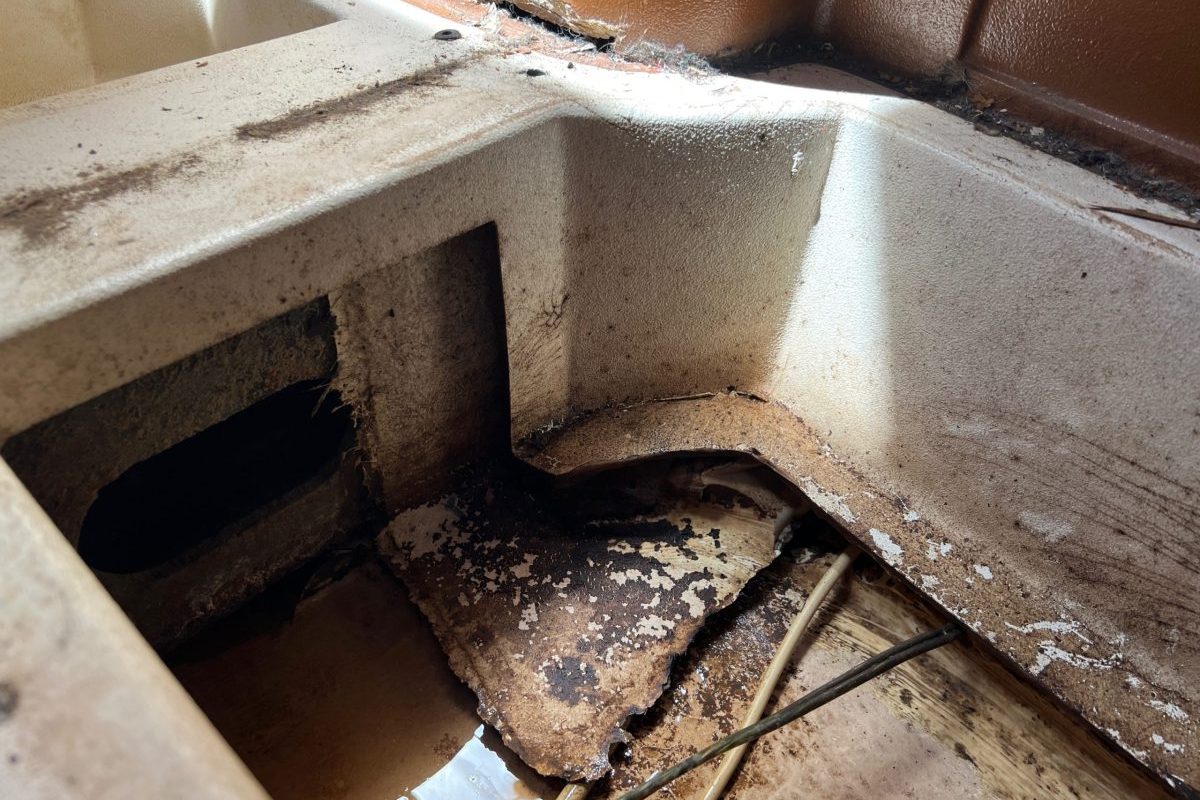
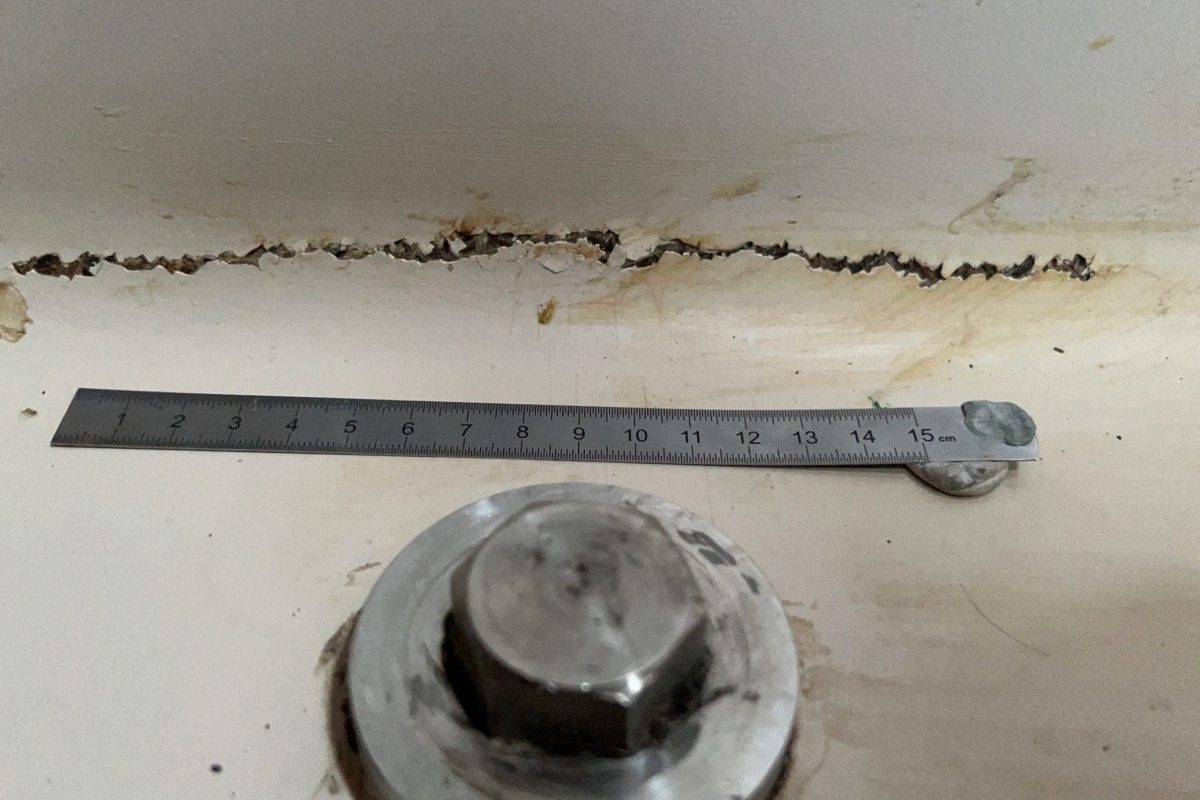
And this happens not only to private clients, but also to brokers or agencies who often advertise a boat remotely and they do not necessarily have a complete picture of the condition, if she has any damage or any repair which might compromise the sale afterwards.
And more often that we can imagine, neither the owner has the complete picture.
To make things even more complicated, my experience taught me that a damage or defect, however serious, is perceived differently depending on the client’s character, experience, budget and most importantly: expectations. “The boat is in very good condition”, one ad might say. But what does ‘very good condition’ mean? What to expect from ‘very good condition’? Well, this is a matter of personal interpretation: for some, it might mean that she is well maintained, perhaps with a little scratch here and there, but nothing serious. For a more meticulous buyer, the same defect may heavily disappoint. And for others with more market experience, it might be totally irrelevant: when I’ll see her, I’ll decide which condition she is in.
The implications in a sale process
Serious damages or simply conflicts between expectations and reality often cause a deal to break. Typical damages that, in my experience, can be defined as potential deal breakers are the ones related to the structure or main systems: fine cracks on the structure supporting the keel, teak decks that have let water ingress in the balsa core, salt water in the bilge and rusted keel bolts, engine failures.
But smaller damages or repairs, such as gelcoat cracking or little bumps can also put off a really demanding client, who is expecting something better.
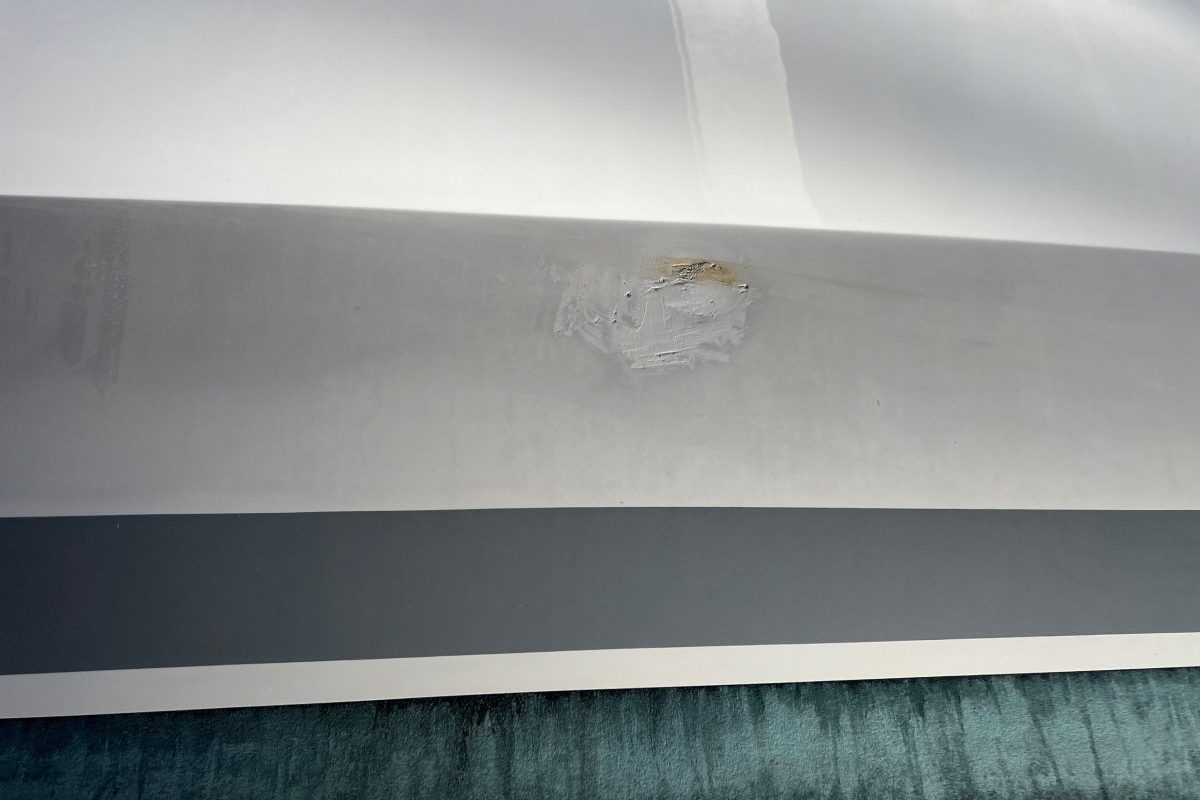

The above are just a few examples of defects that may go unnoticed to an untrained eye, but that an expert surveyor can detect quickly. More importantly, these issues do often hinder, and sometimes break a deal when detected after a downpayment has been made. Even worse, if they are detected after the sale is closed, they may cause a claim and legal actions. All of which implies a waste of money and energy for all three parties: prospective buyer, owner and broker.
So the question is: wouldn’t it be better if all the parties involved (buyer, broker and owner) would speak a common language, based on an external, objective and professional opinion of the boat, right from the start? Even before any of them spends time, money and energy on selling or visiting the boat? Even before a pre-sale agreement is signed? And I would go even further: even before a vessel is advertised?
How to minimise risks
My job as a surveyor is to make unbiased and independent assessments of the condition of a vessel. I believe this is a very valuable task and I honestly think that our work can really help, rather than hinder, the sale process: I am a firm believer of transparency, and when a clear, independent and straight to the point report is handed to a client, experience shows that an agreement between all parties is found very naturally, as expectations then become based on reality, not anymore on personal interpretations.
This is the exact motivation behind the Deal Breakers Survey: to detect at an early stage issues such as structural damage or other defects which may not be apparent to a non-experienced eye, but that can be detected by an experienced surveyor, and produce an objective picture of the condition of the vessel. With the aim to help prospective buyers, owners and brokers gain an independent and common opinion of the vessel from the start and allow them to sail through the buying and selling process successfully.
